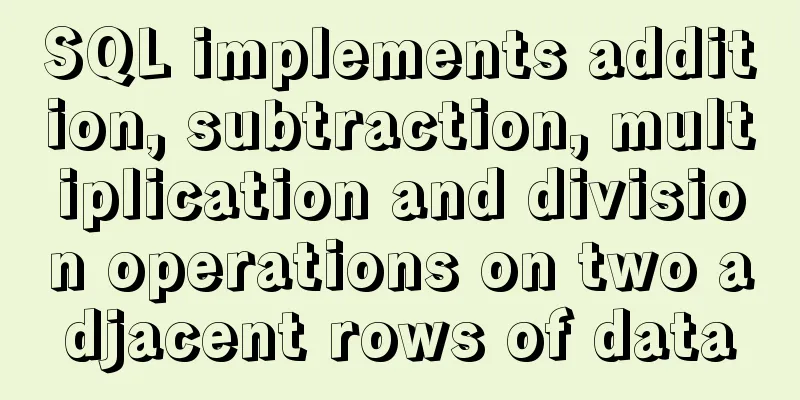A summary of the reasons why Mysql does not use date field index

background In a table, the dataTime field is set to varchar type, the data stored is in date format, and an index is set for the field. But in the log record, there is a slow query about this table. The query statement is: explore 1: At first, it was thought that the dataTime field type was varchar, so MySQL sorted the index in string order instead of date size order, so when performing range queries, the index range partitioning could not be performed in date order. So I changed dataTime to datatime type and analyzed the statement, and found that it was still a full table scan. 2: Change the value of the query condition, select count(*) from digitaltwin_meteorological where dataTime > '2021-10-15'; The execution result is 3910. EXPLAIN select * from digitaltwin_meteorological where dataTime > '2021-10-15'; The sql statement analysis result is a full table scan:
We change the query condition to 16 to see how many records there are: select count(*) from digitaltwin_meteorological where dataTime > '2021-10-16'; The query result is 2525. Let's analyze the query statement for number 16: EXPLAIN select * from digitaltwin_meteorological where dataTime > '2021-10-16'; The execution result is a range query, which uses the index:
It can be seen from this that when the number of records queried is large, MySQL will perform a full table scan, believing that a full table scan is more efficient. When there are few records in the query, MySQL will use index query. 3: We change dataTime to datetime data type, then do we need to add quotation marks to the query condition? We remove the quotation marks of the dataTime query condition and see the result: EXPLAIN select * from digitaltwin_meteorological where dataTime > 2021-10-16;
select count(*) from digitaltwin_meteorological where dataTime > 2021-10-16; The calculation result is 19714, which is the data of the entire table. Therefore, the datetime query condition also needs to be quoted. 4: The above analysis is all about dataTime in the case of datetime type. The original field type is varchar, so if we change it to varchar type, does the above conclusion still exist? We change the type and execute SQL again: EXPLAIN select * from digitaltwin_meteorological where dataTime > '2021-10-16';
It can be seen that after changing to varchar type, query No. 16 becomes a full table scan instead of a range scan. EXPLAIN select * from digitaltwin_meteorological where dataTime > '2021-10-17';
The query on the 17th used index query. We see that the data volume for the 17th is 1749. Summarize Through the above analysis, we can draw the following conclusions: This is the end of this article about why MySQL does not use the date field index. For more relevant MySQL date field index content, please search 123WORDPRESS.COM's previous articles or continue to browse the following related articles. I hope everyone will support 123WORDPRESS.COM in the future! You may also be interested in:
|
<<: Example code showing common graphic effects in CSS styles
>>: Modify the default color of the input box placeholder text -webkit-input-placeholder method
Recommend
Summary of SQL deduplication methods
When using SQL to extract data, we often encounte...
Take you to a thorough understanding of the prototype object in JavaScript
Table of contents 1. What is a prototype? 1.1 Fun...
CUDA8.0 and CUDA9.0 coexist under Ubuntu16.04
Preface Some of the earlier codes on Github may r...
Detailed explanation of the steps to create a web server with node.js
Preface It is very simple to create a server in n...
5 JavaScript Ways to Flatten Arrays
Table of contents 1. Concept of array flattening ...
Detailed explanation of Linux system input and output management and common functions of vim
####Management of input and output in the system#...
10 skills that make front-end developers worth millions
The skills that front-end developers need to mast...
Using jQuery to implement the carousel effect
This article shares the specific code for impleme...
js implements a simple calculator
Use native js to implement a simple calculator (w...
Docker Compose one-click ELK deployment method implementation
Install Filebeat has completely replaced Logstash...
How to solve mysql error 10061
This article shares with you the solution to the ...
VMware installation of Centos8 system tutorial diagram (command line mode)
Table of contents 1. Software and system image 2....
Two special values in CSS are used to control the inherit and initial methods of the cascade
There are two special values that can be assign...
Example of how to use CSS3 to layout elements around a center point
This article introduces an example of how CSS3 ca...
Explore the truth behind the reload process in Nginx
Today's article mainly introduces the reload ...














